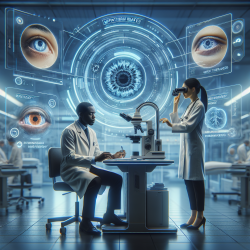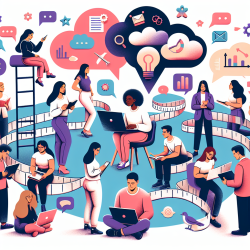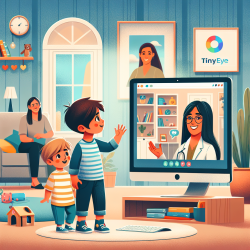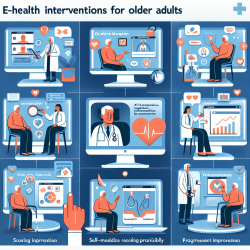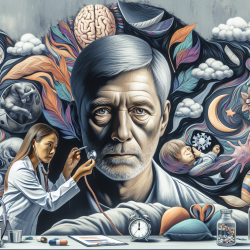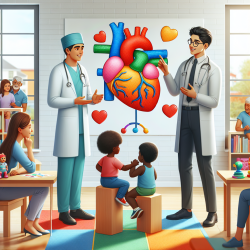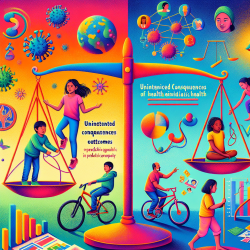Introduction
In the realm of speech-language pathology and related fields, the integration of artificial intelligence (AI) offers promising advancements. The study titled "Development and Assessment of an Artificial Intelligence-Based Tool for Ptosis Measurement in Adult Myasthenia Gravis Patients Using Selfie Video Clips Recorded on Smartphones" presents a novel approach that can significantly enhance the precision of ptosis measurement in Myasthenia Gravis (MG) patients.
Understanding Myasthenia Gravis and Ptosis
Myasthenia Gravis is a rare autoimmune disorder characterized by muscle weakness and fatigue, affecting approximately 20 per 100,000 individuals in the USA. Ptosis, or eyelid drooping, is a common symptom that serves as an indicator of disease progression. Traditionally, ptosis is measured using the margin reflex distance 1 (MRD1), which requires clinical expertise and can be challenging to perform consistently outside clinical settings.
AI-Based Tool for Ptosis Measurement
The research introduces an AI model that automates the measurement of MRD1 using selfie videos recorded on smartphones. This approach allows for remote data collection, offering a decentralized method that can be particularly beneficial for patients who cannot frequently visit clinical settings. The AI model, trained using a ResNet50 backbone and a support vector regressor, demonstrated a strong correlation (r = 0.732) between predicted and actual MRD1 values, with a mean absolute error of 0.822 mm.
Implications for Practitioners
For practitioners in speech-language pathology and related fields, incorporating AI-based tools can enhance diagnostic accuracy and patient monitoring. The ability to measure ptosis remotely and accurately allows for better tracking of symptom fluctuations, which is crucial for managing MG. Practitioners can leverage these tools to provide more personalized and timely interventions.
Encouraging Further Research
This study highlights the potential of AI in medical diagnostics, encouraging practitioners to explore similar technologies in their practice. By integrating AI tools, practitioners can improve data collection, enhance patient engagement, and ultimately achieve better outcomes. Further research is encouraged to expand the application of AI in other areas of speech-language pathology and beyond.
Conclusion
The development of AI-based tools for ptosis measurement marks a significant step forward in the management of Myasthenia Gravis. Practitioners are encouraged to adopt these innovations to enhance their practice and patient care. To read the original research paper, please follow this link: Development and Assessment of an Artificial Intelligence-Based Tool for Ptosis Measurement in Adult Myasthenia Gravis Patients Using Selfie Video Clips Recorded on Smartphones.
